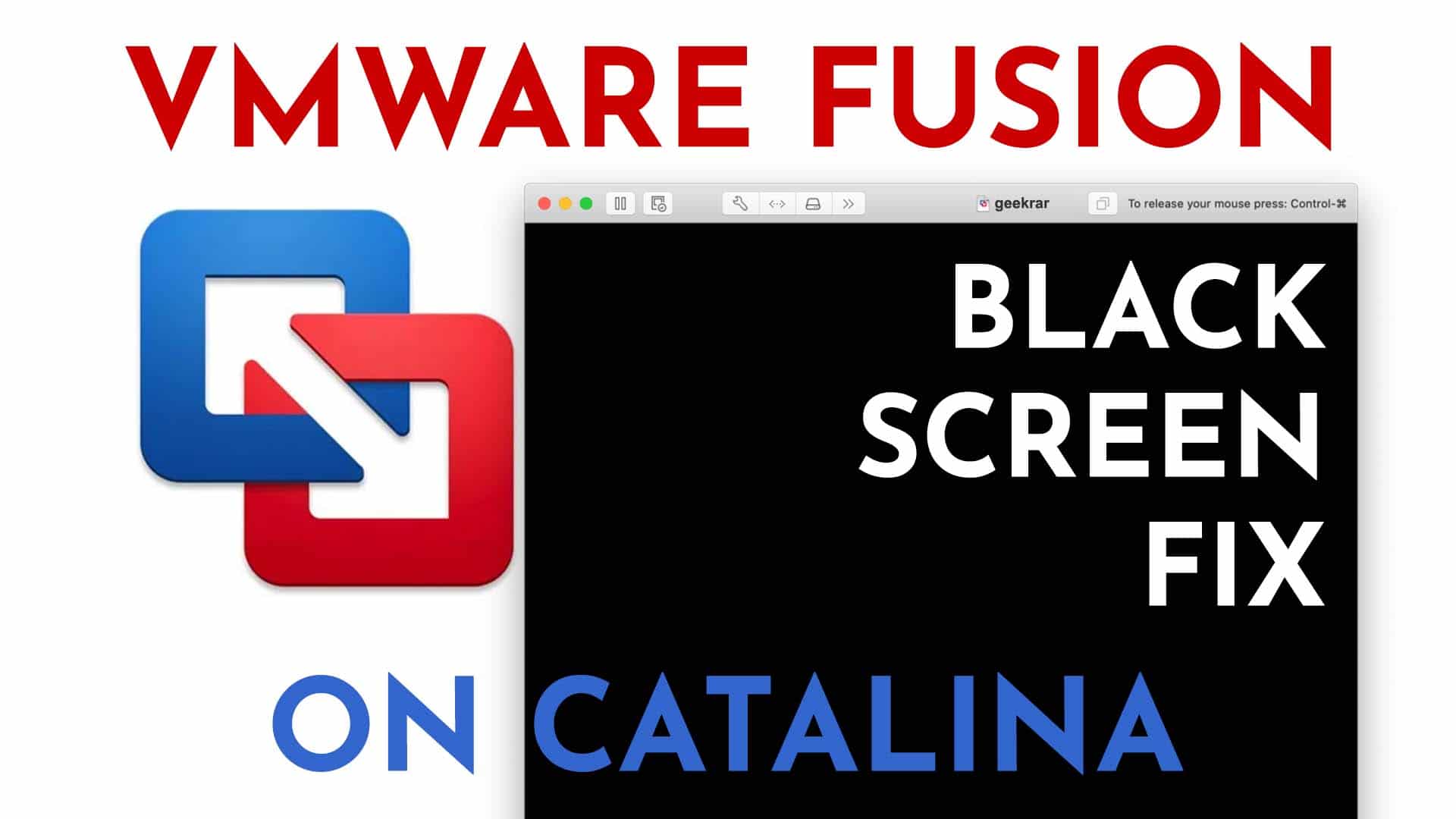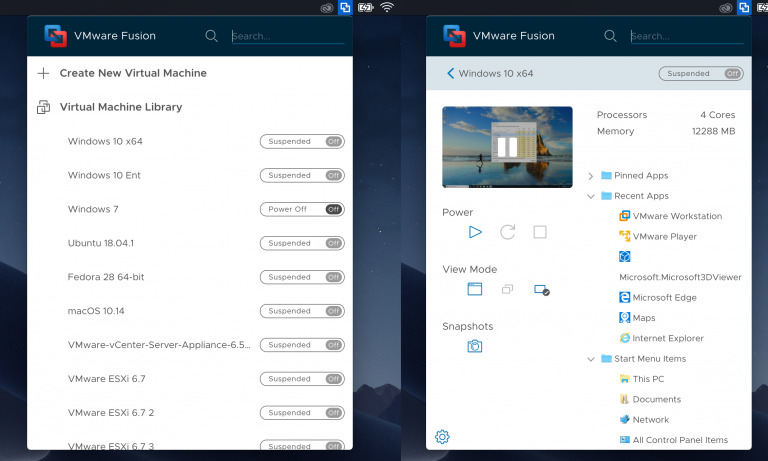In case you are here you know already what WSL2 is and why to use it. For those who don’t know I will just say that it helps you run a Linux distribution inside your Windows operating system.
The main reason I wanted to upgrade from version 1 to version 2 was due to lack of full support for Nmap. So the setup looks like the picture below, these are the steps you need to follow.
The VMware Fusion Easy Install method supports Windows 10. Windows 10 can be installed as a guest operating system in VMware Fusion following either of the two methods mentioned below: Install Windows 10 in a virtual machine using Windows 10 ISO disc image. Install Windows 10 in a virtual machine using Windows 10 USB drive (EFI). Fusion creates the virtual machine, opens the operating system installation assistant, and installs VMware Tools. VMware Tools loads the drivers required to optimize a virtual machine's performance. Mac OS X, OS X, or macOS virtual machines that you create in Fusion can run on any Apple-branded hardware that uses Intel processors. Download VMware Fusion 12.1.0 Build 17195230 for Mac from FileHorse. 100% Safe and Secure ✔ The easiest, fastest and most reliable way to run Windows apps on a Mac. VMware Fusion is a thoroughly capable virtualization application that lets you run Windows and OS X. With a handful of options for using Windows and OS X apps side by side, Fusion makes its easy. VMware Fusion; Run multiple OSes at the same time without rebooting: Intel only: Copy and paste between OSes: Share files between Windows and Mac: Mass deployment package: Virtual TPM. Parallels Desktop All the VMware Fusion benefits PLUS: Download and install Windows 10 with a single click. One-click download of Ubuntu, Fedora, CentOS., Mint.
Enable the Hypervisor
This is something that is different that from what people need when running WSL 2 directly from their main OS. In order to enable the hypervisor on VMware Fusion, shut down the virtual machine.Then inside the VMware Fusion application select your Windows VM and go to Virtual Machine -> Settings -> Processors & Memory -> select Advanced options -> tik the Enable hypervisor application in this virtual machine option.
This took me some time to figure out, since I was used to change these settings from BIOS, but if you enter the BIOS setup on your Windows Virtual machine, you won’t find any of those settings.
Enable Virtual Machines
Run the following command in CMD or PowerShell with your Administrator account
Enable WSL feature on Windows
Install WSL2 kernel updates
Vmware Fusion M1 Mac

Download the latest kernel for WSL2 based on your system’s architecture from Microsoft’s website and install it like a normal program.
Download
Set version 2 of WSL as default
Install your Linux Distribution
Vmware Fusion 14

You can download any Linux flavour you want from the Microsoft Store. You do not have to login or register to download, a think that makes it perfect. In this case I selected to install Ubuntu. After download is complete, you can launch your downloaded distribution and set it up, be creating your user.

Uninstall a WSL2 Virtual Machine
You can uninstall any installed distribution as any other program from Windows. In this case I am uninstalling the Ubuntu distribution I just installed.
Vmware Fusion M1

Vmware Fusion Pc Migration Agent
